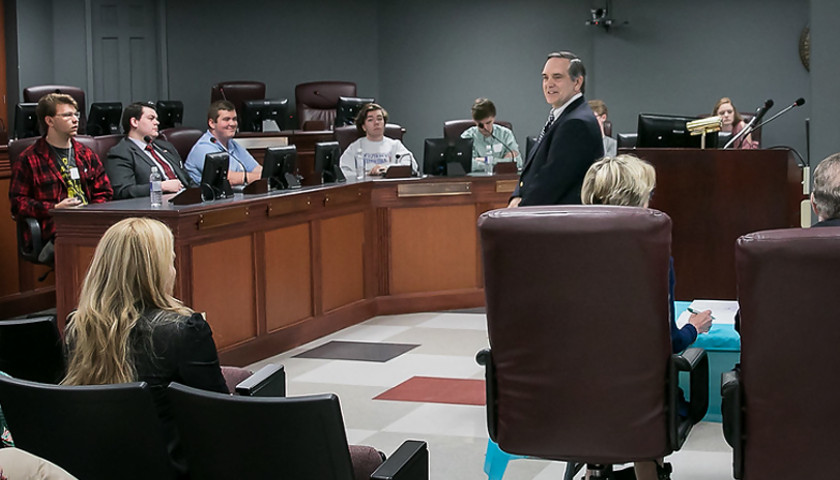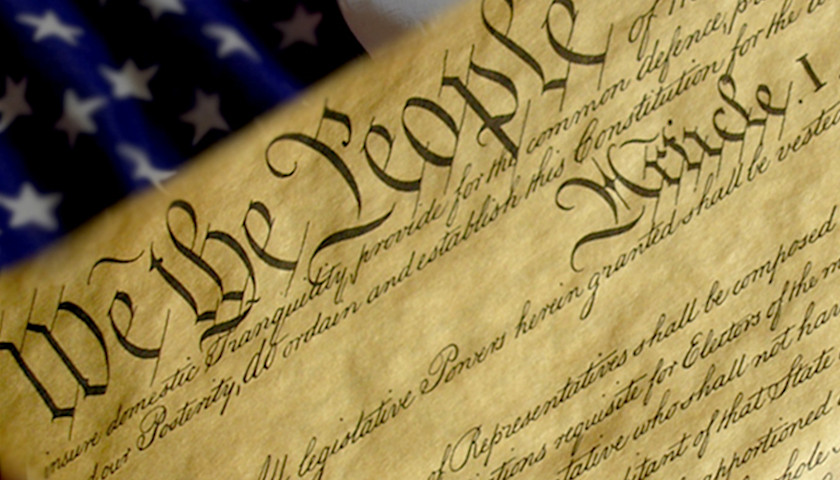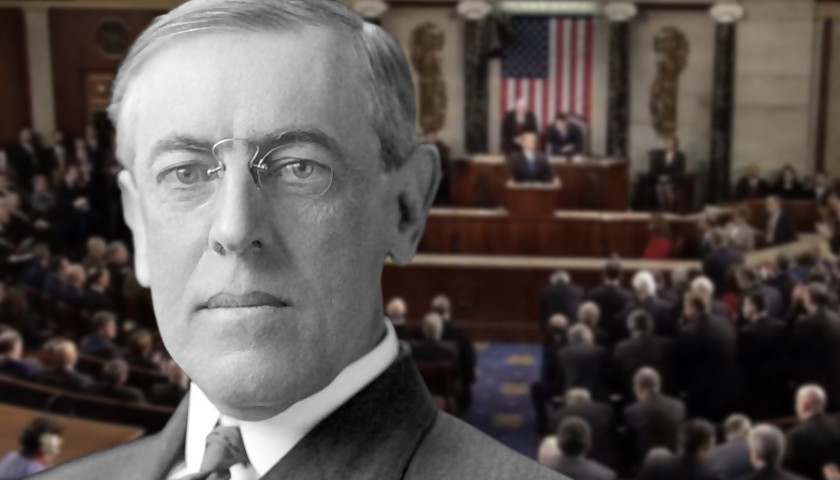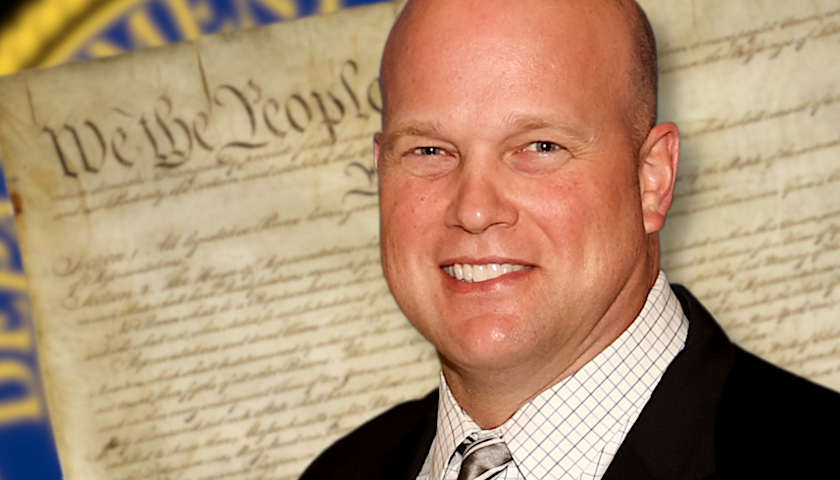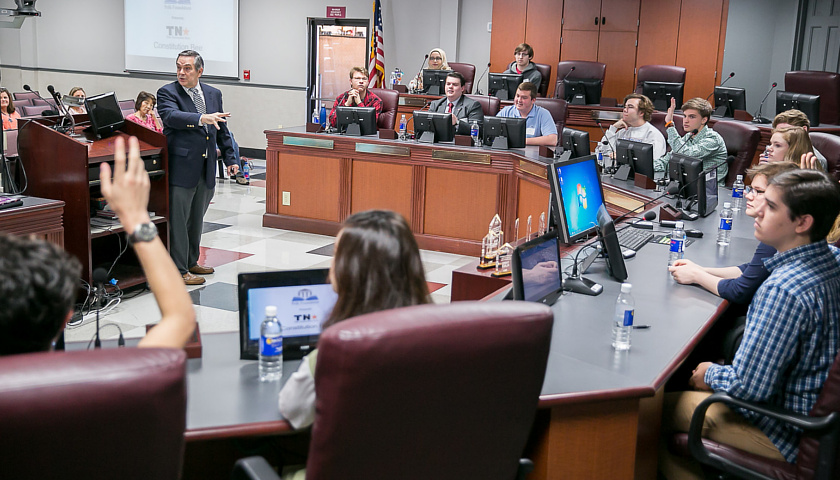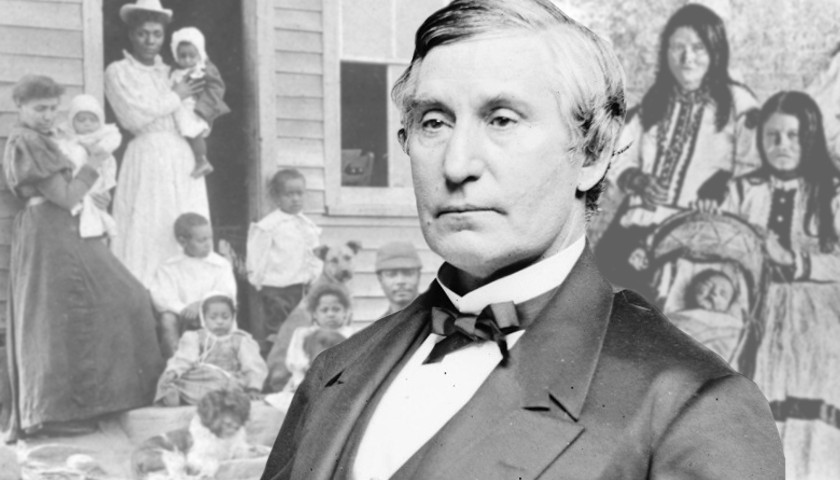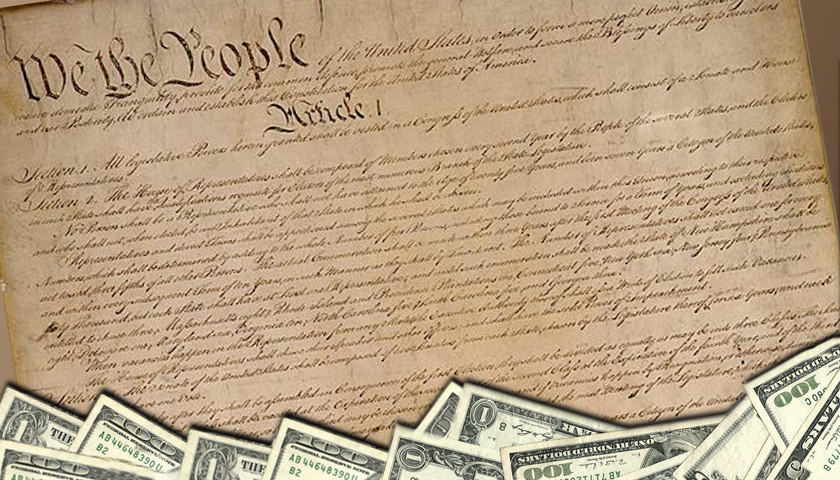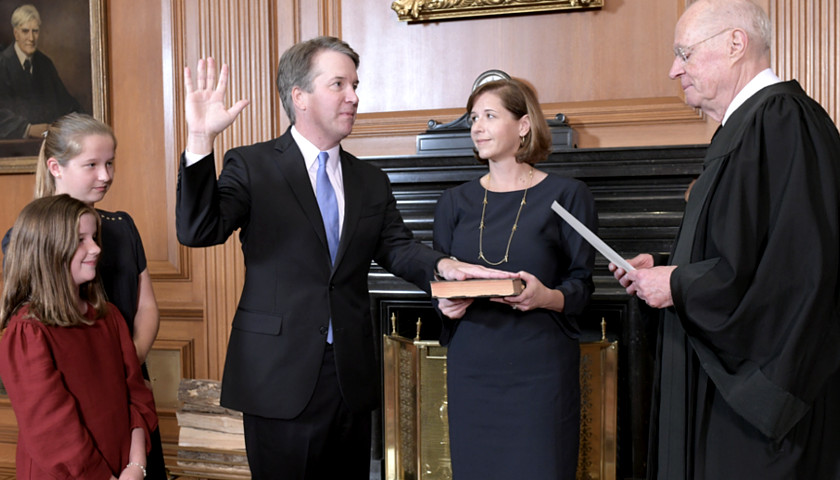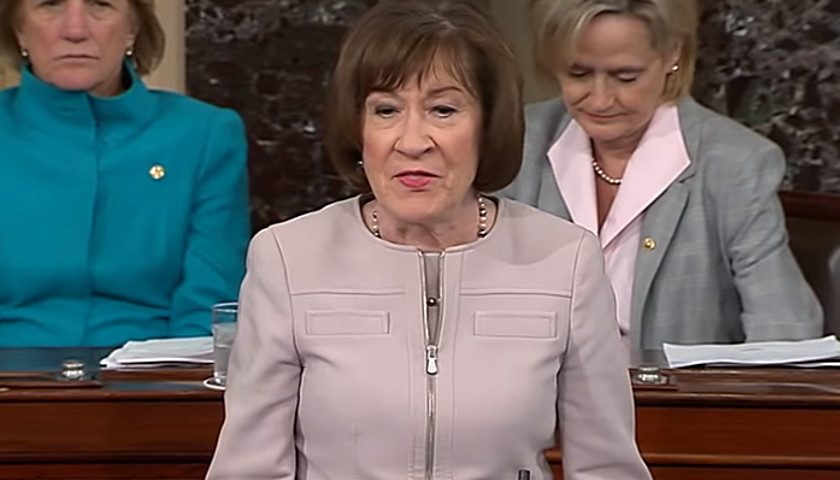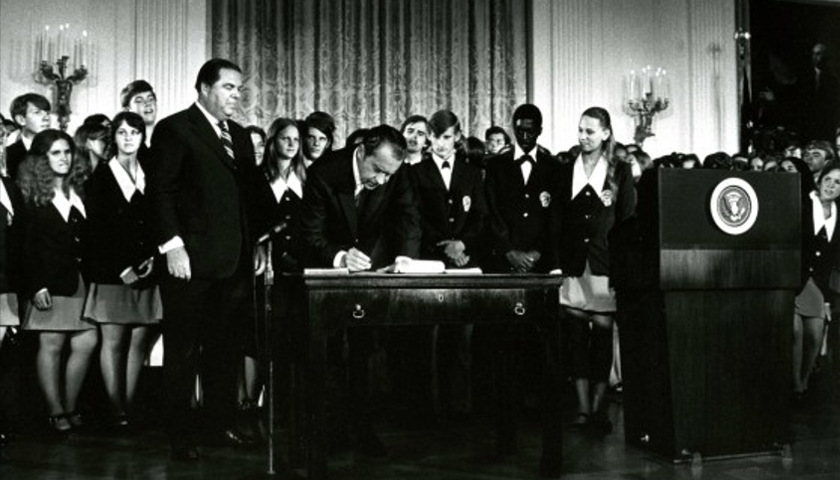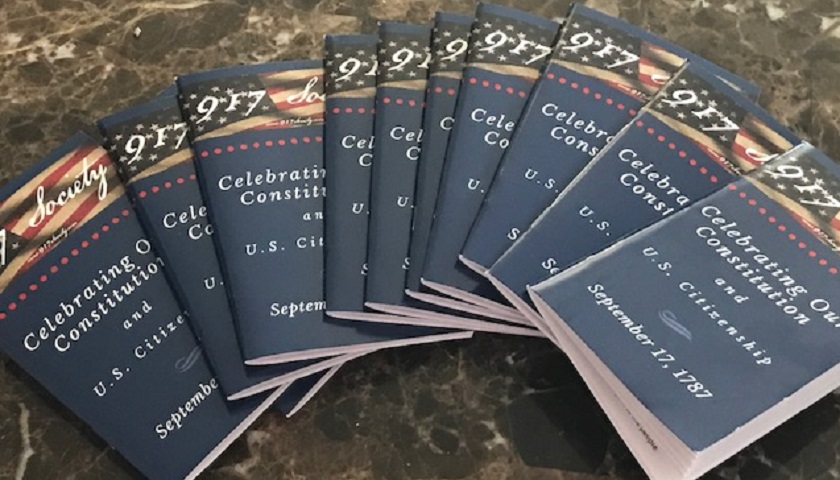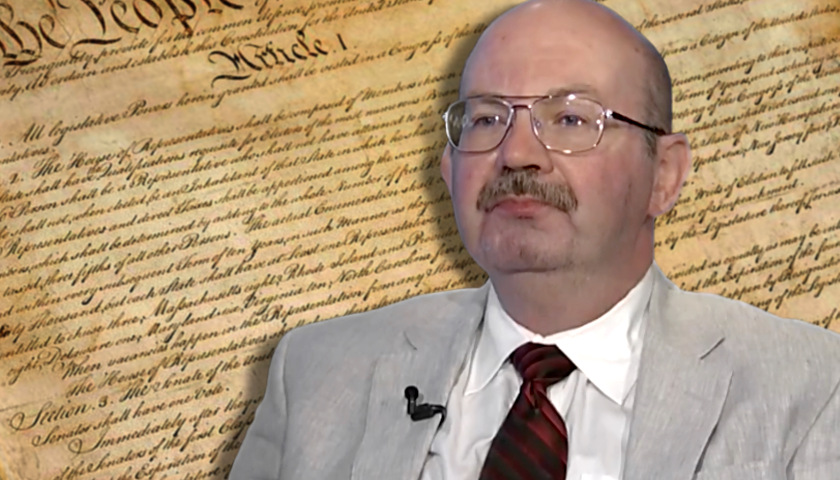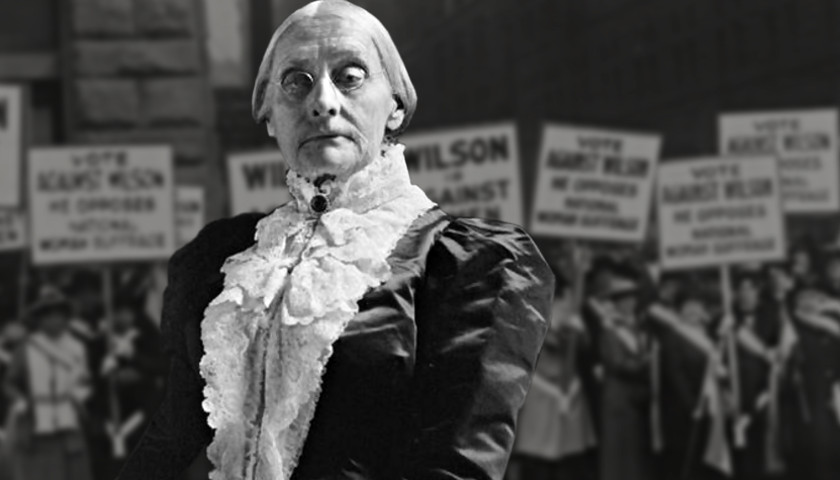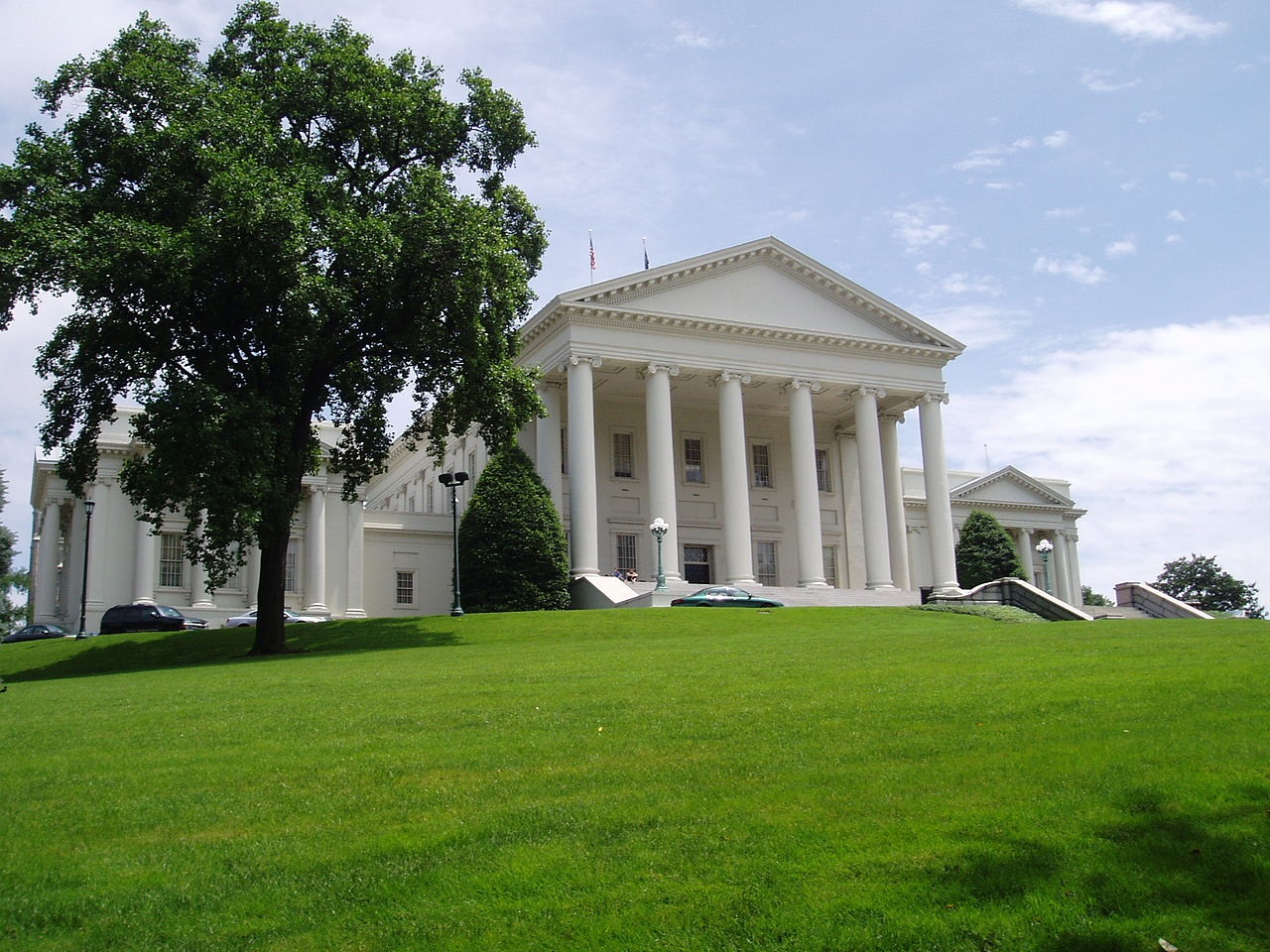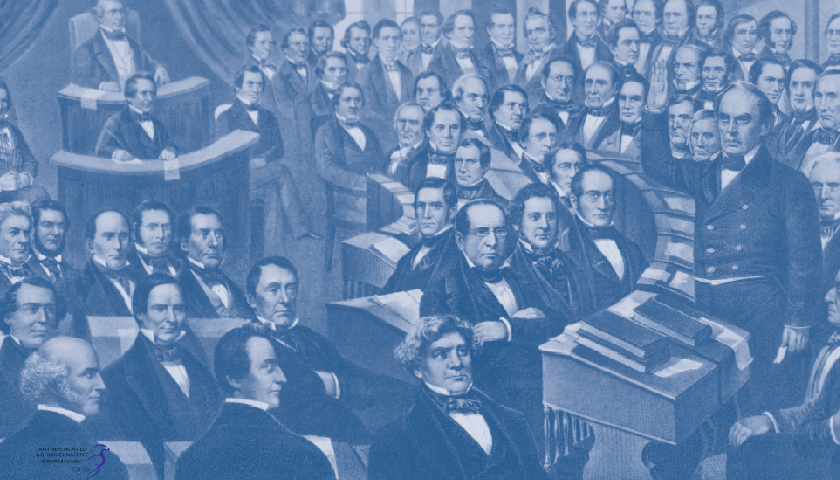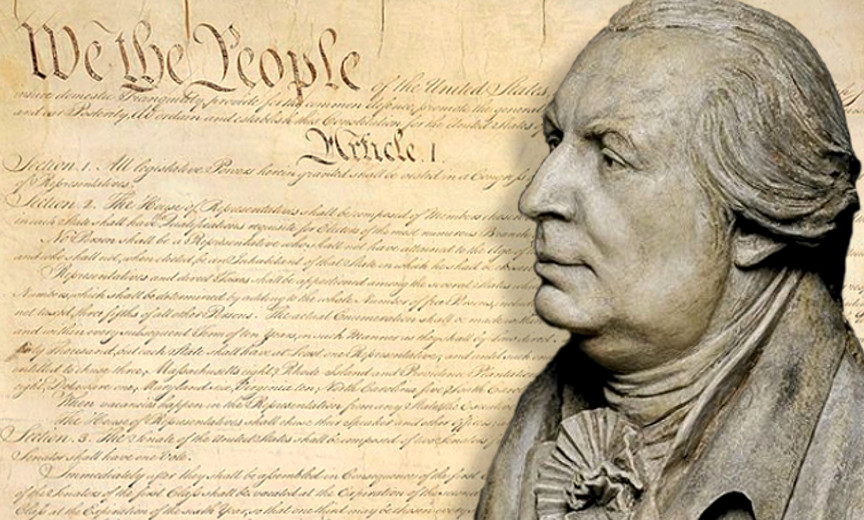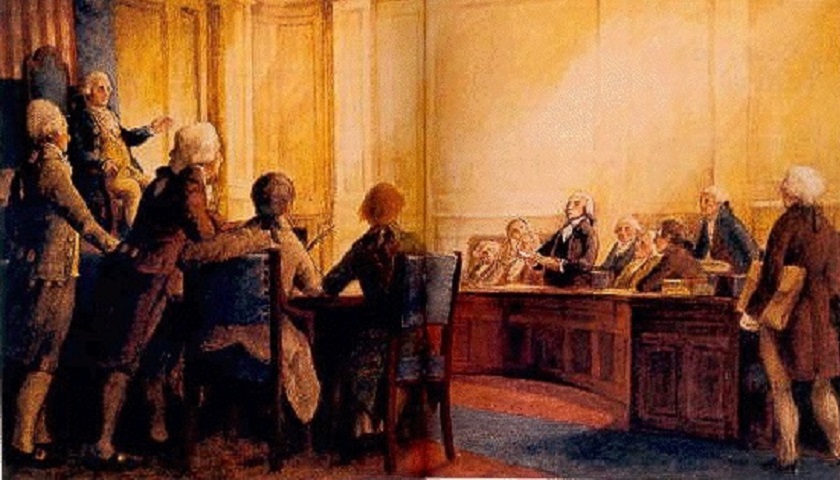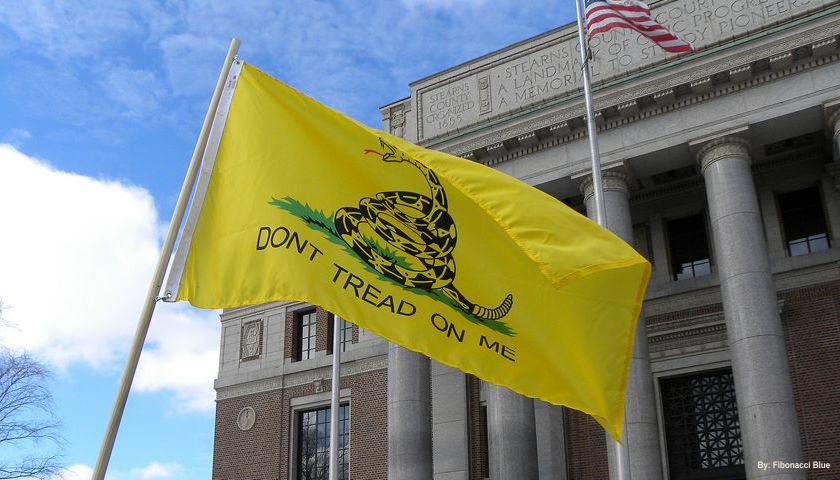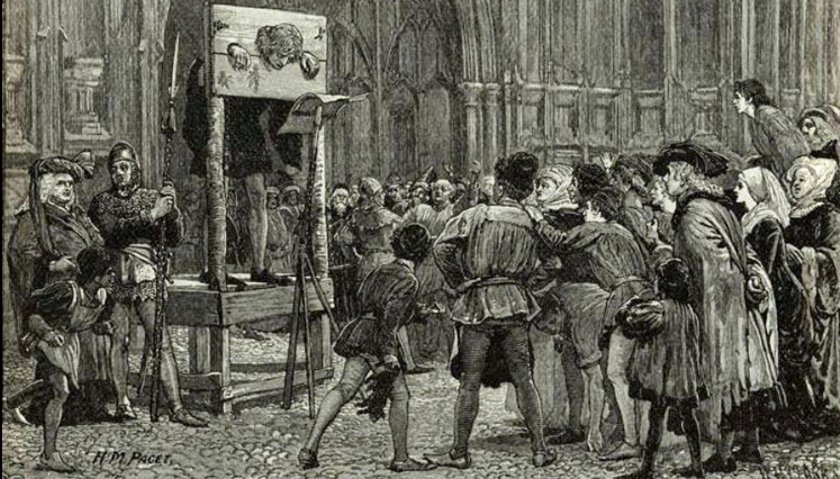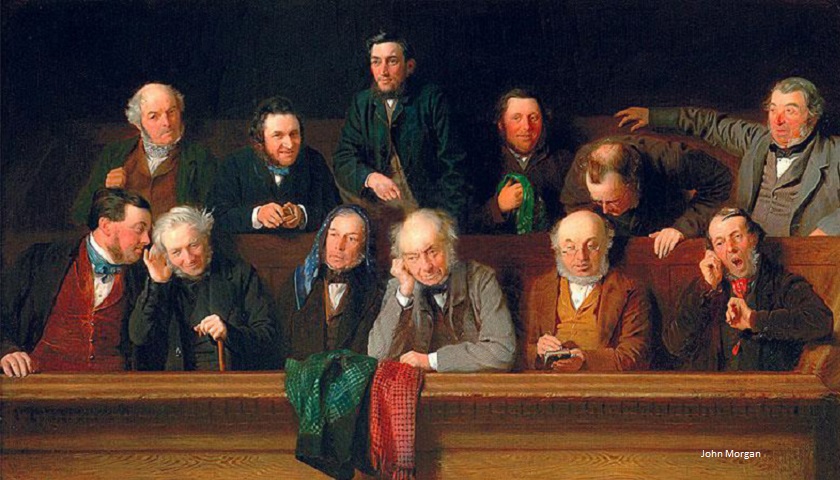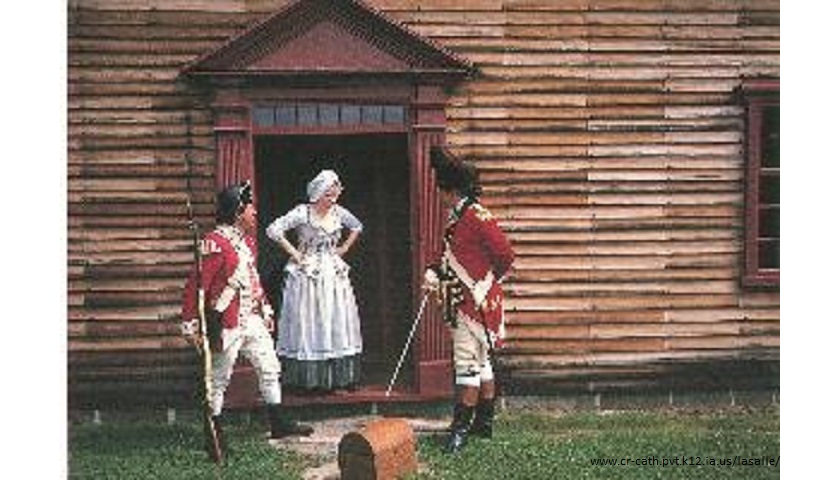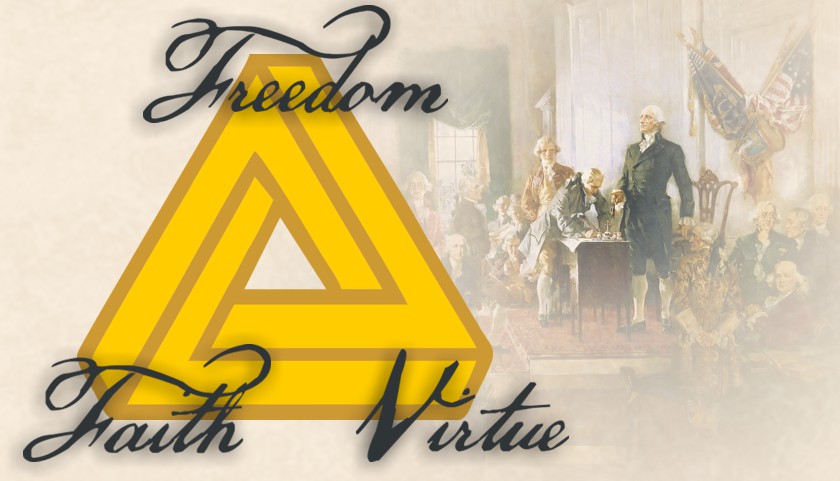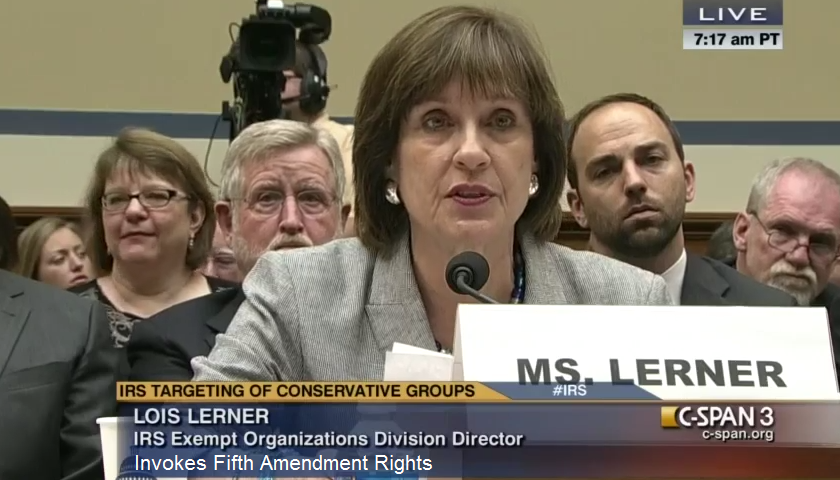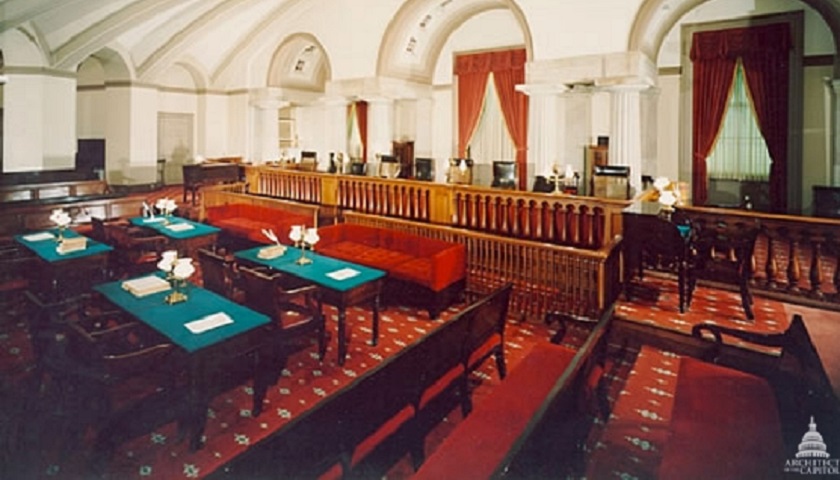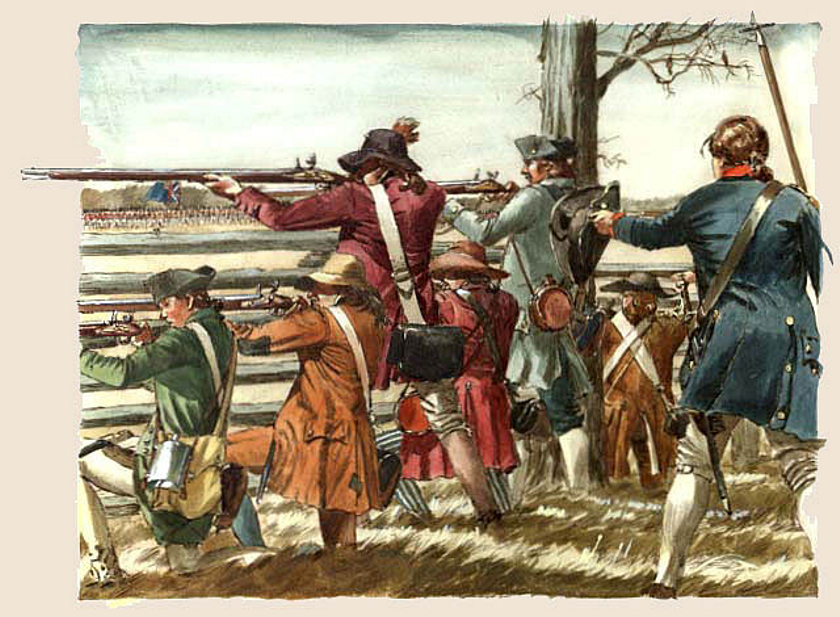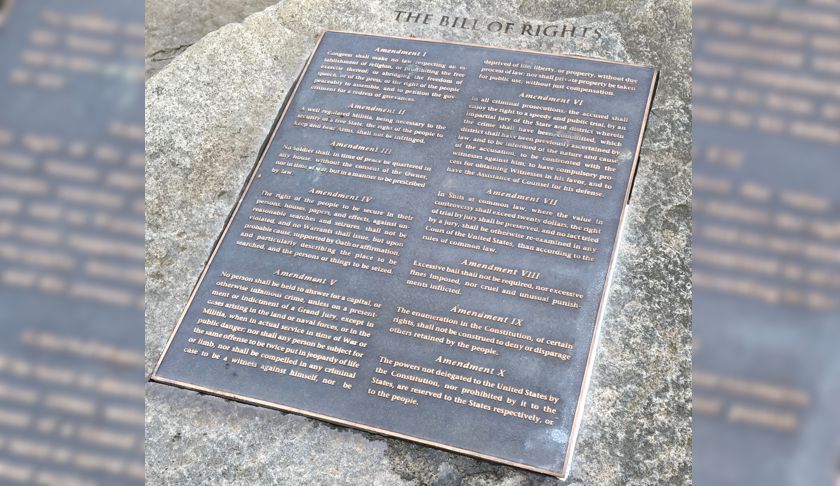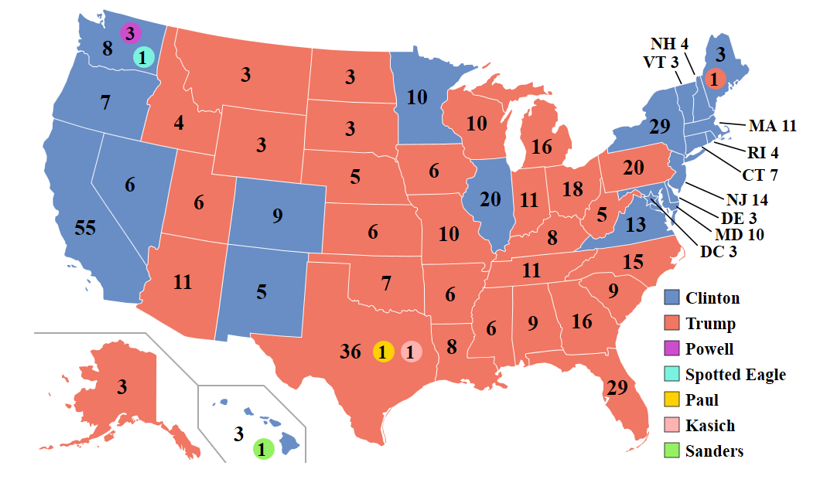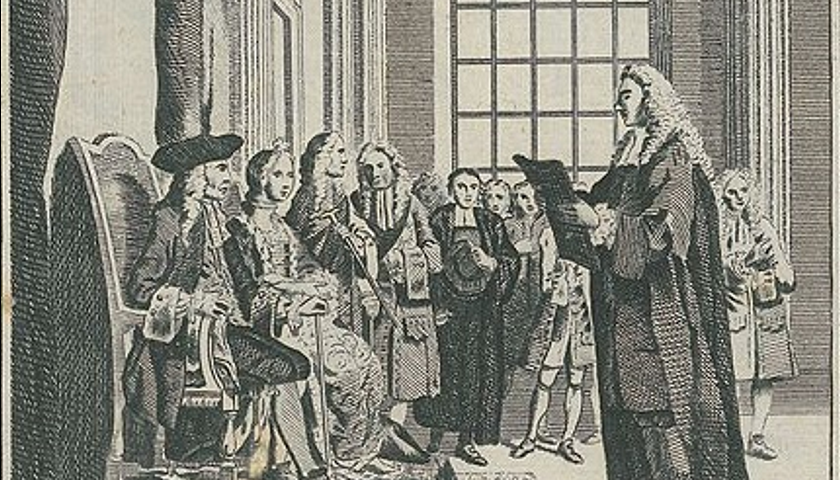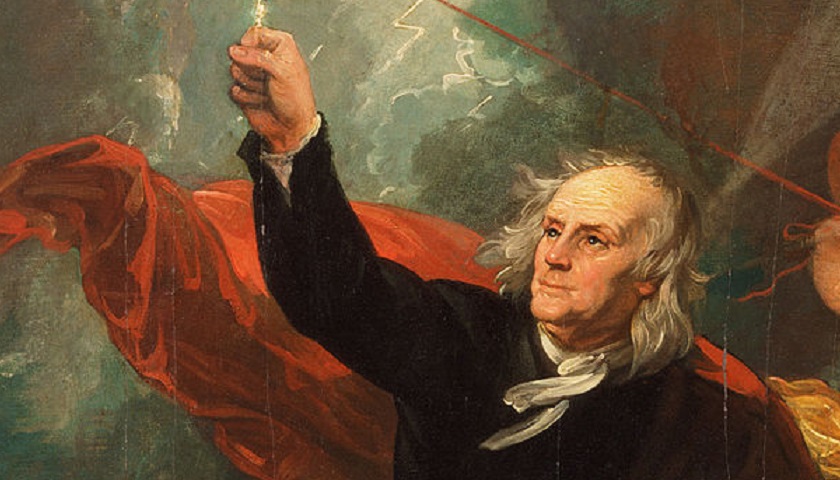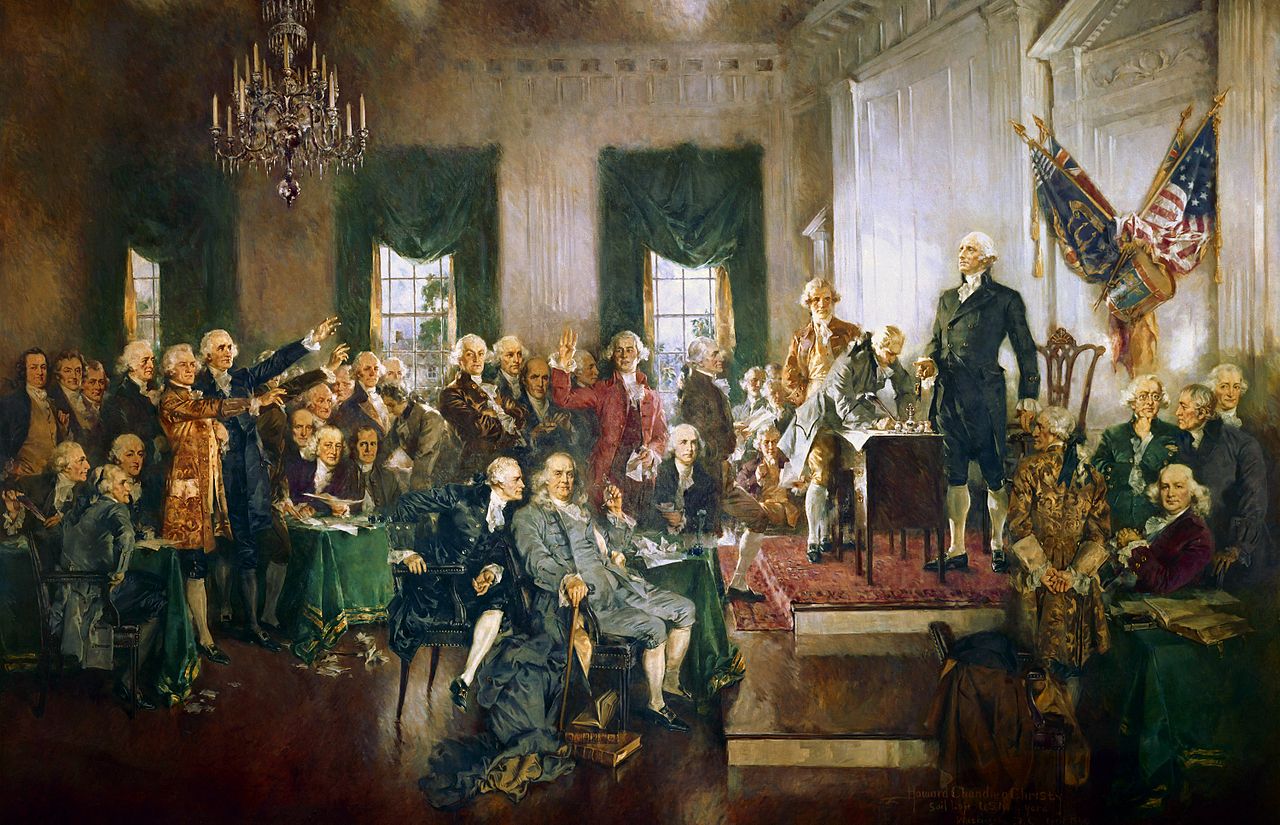FRANKLIN, Tennessee – The Tennessee Star announced today it is publishing the first of twenty-five weekly articles in its Constitution Series for secondary school students, teachers and parents tomorrow, Monday, April 3. “The idea behind this series is to present the important story of our Constitution to Tennessee secondary students in grades 8 through 12 in a compelling way that will engage them on both an intellectual and emotional level,” says Christina Botteri, managing editor of The Star. “Each week we will advance the narrative of the Constitution in chronological order. Along the way, secondary students can use these articles as a guide to prepare for The Tennessee Star’s Constitution Bee, which we will hold in Middle Tennessee on September 23,” she adds. “Students will compete at that event to win first, second, and third place honors at each grade level. So each grade – 8th, 9th, 10th, 11th, and 12th – will have a champion. In addition, the grade level champions will compete to become The Overall Champion of The Tennessee Star’s Constitution Bee. The winner and overall champion, along with a parent, will win a grand prize of a trip to Washington, D.C.,” Botteri says. “About a dozen Tennesseans with experience in…
Read the full story

